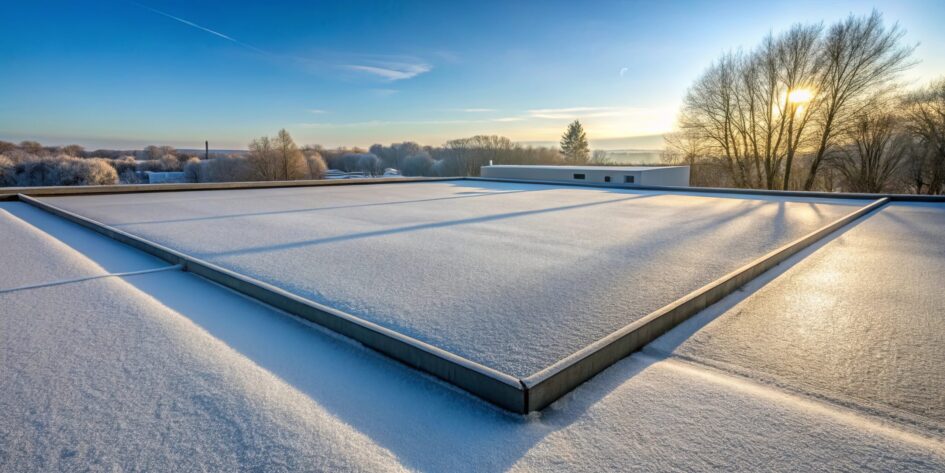Winter’s freeze-thaw cycling can damage your building

Maintenance managers deal with a variety of issues throughout the winter season as temperatures rise and fall, including the freeze-thaw cycle, potentially causing complications for the inside and outside of your building.
What is freeze-thaw cycling? As precipitation occurs and temperatures fluctuate throughout the winter, water can get into building or pavement cracks or sit on your roof, and when that water freezes, it expands (up to nine per cent in some cases), which can cause severe damage to your building year after year.
There are a few common complications that maintenance managers should look out for as the weather fluctuates throughout the winter season and some steps you can take to mitigate the risk to your building.
The roof
There are a few ways that the freeze-thaw cycle can negatively affect your roof, potentially causing rook leaks, expensive repairs, and work stoppage. If you have water ponding on your roof or collecting in your eavestroughs, expanding and contracting through the winter can create added weight and stress on your eavestroughs, large icicles that are a hazard for passersby, displaced roofing gravel, membrane splits and damage, and the risk of a roof leak. The best time to address this is during the spring and fall by ensuring that your drains and eavestroughs are cleared and functioning properly to lower the risk of water accumulating on your roof.
Building façade
If water gets into any cracks or crevices in your building façade, the expansion when it freezes can cause damage to the building. As buildings age, mortar and sealants deteriorate, allowing water to penetrate the surface more easily, and creating a bigger risk once winter comes. Employ a proactive approach by checking for open areas, replacing cracked or missing sealant, repointing mortar, and ensuring that your weepers are unobstructed for best results.
Driveways, parking lots, and garages
Like façades, parking lots, garages, and driveways are susceptible to moisture penetration, but are also typically exposed to large amounts of sodium chloride from salt and de-icers used to help manage snow and ice. Often the salt builds up, getting into cracks (that grow with the freeze-thaw cycle), causing increased damage to asphalt and concrete. Applying a deck coating can help seal cracks and keep water on the surface. As well, staying vigilant about cleaning the surface to eliminate salt build-up can help keep it out of the cracks and limit the amount of damage.
RELATED: Snow storage and removal tips for maintenance managers
As the temperatures fluctuate throughout the winter, keeping an eye on the condition of your building and potential risks from the freeze-thaw cycle will help maintenance managers mitigate damage to the inside and outside of the building.
The post Winter’s freeze-thaw cycling can damage your building appeared first on REMINET.

